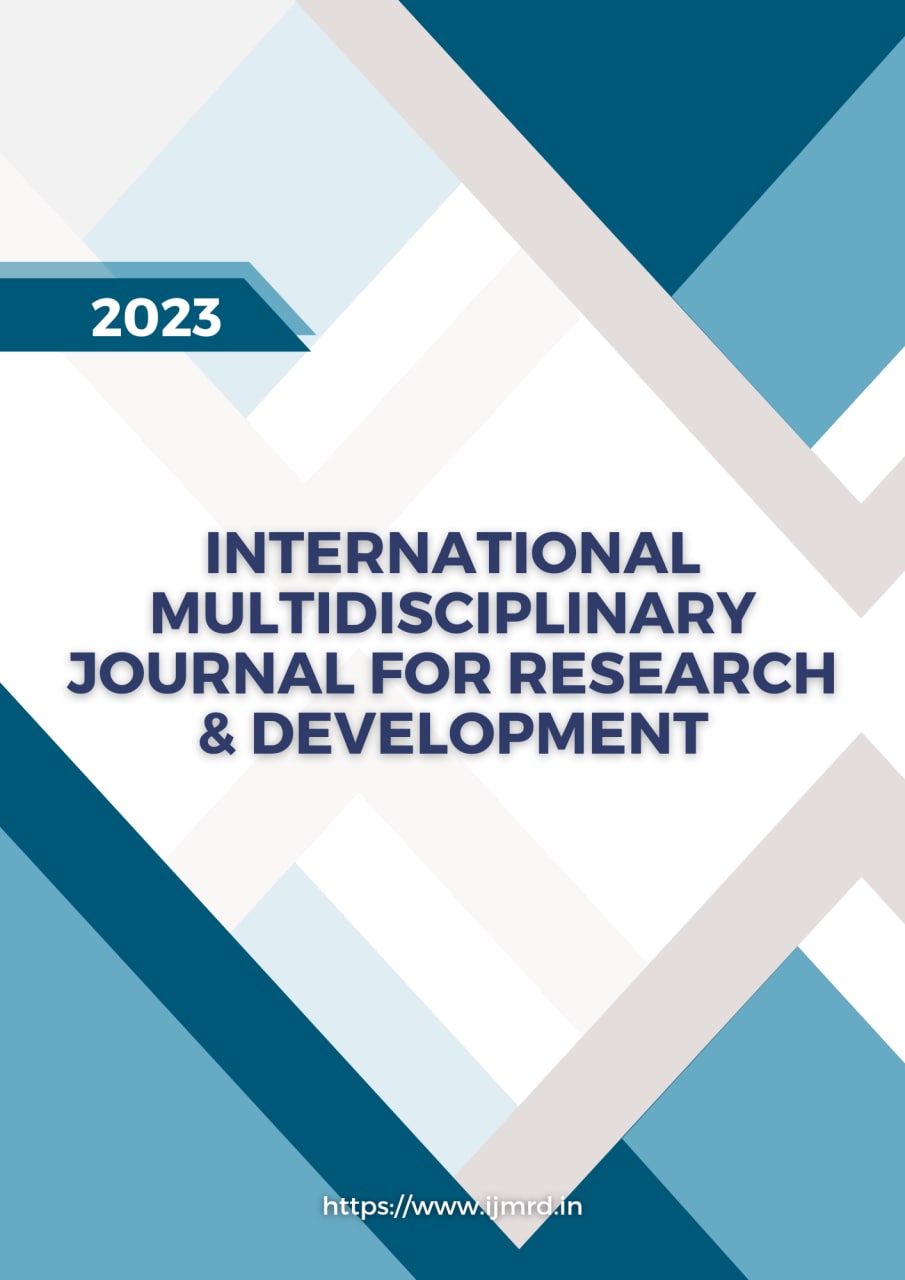CARE OF PATIENTS AFTER PERIODONTAL SURGERY

Abstract
This abstract provides an overview of the care essential for patients following periodontal surgery, emphasizing postoperative considerations crucial for optimal healing and long-term periodontal health. The care protocol encompasses a range of instructions, from immediate postoperative steps to long-term maintenance strategies. Factors such as oral hygiene practices, medication management, dietary considerations, and follow-up appointments play integral roles in ensuring successful recovery and preventing complications. This abstract delves into the multifaceted aspects of postoperative care, offering insights for both clinicians and patients to navigate the critical period following periodontal surgery effectively.
Keywords
Postoperative care, periodontal surgery, oral hygiene, medication management, dietary considerations, follow-up appointments, complications prevention, patient recovery, periodontal health, surgical aftercare.
References
- Guyton AC. Textbook of Medical Physiology. In: 11th Edn. St Louis: Mosby; 2005.
- Costich ER, Hayward JR. Hemorrhage; its prevention and therapeutic control. Dent Clin North Am. 1958;3:195–210.
- Lindorf HH. Investigation of the vascular effect of newer local anesthetics and vasoconstrictors. Oral Surg Oral Med Oral Pathol. 1979;48:292–7. doi:10.1016/0030-4220(79)90026-4.
- von Graffenried B, Nüesch E, Maeglin B, Hägler W, Kuhn M. Assessment of analgesics in dental surgery outpatients. Eur J Clin Pharmacol . 1980;18(6):479–82. doi:10.1007/bf00874659.
- Seymour RA, Rawlins MD. The efficacy and pharmacokinetics of aspirin in postoperative dental pain. Br J Clin Pharmacol. 1982;13:807–10.
- Seymour RA, Williams FM, Ward A, Rawlins MD. Aspirin metabolism and efficacy in postoperative dental pain. Br J Clin Pharmacol . 1984;17(6):697–701. doi:10.1111/j.1365- 2125.1984.tb02406.x.
- Nespeca JA. Clinical trails with bupivacaine in oral surgery. Oral Surg Oral Med Oral Pathol. 1976;42:301–7.
- Gordon SM, Dionne RA. Prevention of pain. Compend Contin Educ Dent. 1997;18:239–52.
- Requa-Clark B, Holroyd SV. Nonopioid (nonnarcotic) analgesics. In: Holroyd S, Wynn R, Requa-Clark B, editors. Clinical Pharmacology in Dental Practice. 4th Edn. St Louis: The CV Mosby Co; 1988.
- Vogel RI, Gross JI. The effects of nonsteroidal anti-inflammatory analgesics on pain after periodontal surgery. J Am Dent Assoc . 1984;109(5):731–4. doi:10.14219/jada.archive.1984.0181.
- Lokken P, Olsen I, Bruaset I, Norman-Pedersen K. Bilateral surgical removal of impacted lower third molar teeth as a model for drug evaluation: A test with ibuprofen. Eur J Clin Pharmacol . 1975;8(3- 4):209–16. doi:10.1007/bf00567117.
- Pack PD, Haber J. The Incidence of Clinical Infection After Periodontal Surgery: A Retrospective Study. J Periodontol . 1983;54(7):441–43. doi:10.1902/jop.1983.54.7.441.
- Powell CA, Mealey BL, Deas DE, McDonnell HT, Moritz AJ. Post-Surgical Infections: Prevalence Associated With Various Periodontal Surgical Procedures. J Periodontol . 2005;76(3):329–33. doi:10.1902/jop.2005.76.3.329.
- Ruben MP, Kon S, Goldman HM, Alpha K, Bloom AA. Complications of the Healing Process After Periodontal Surgery. J Periodontol . 1972;43(6):339–46. doi:10.1902/jop.1972.43.6.339.